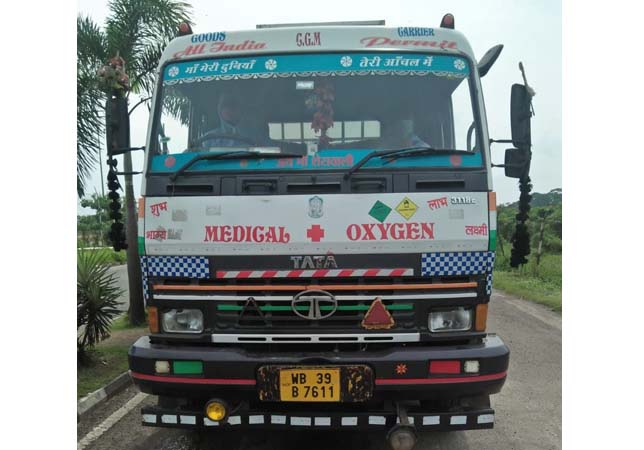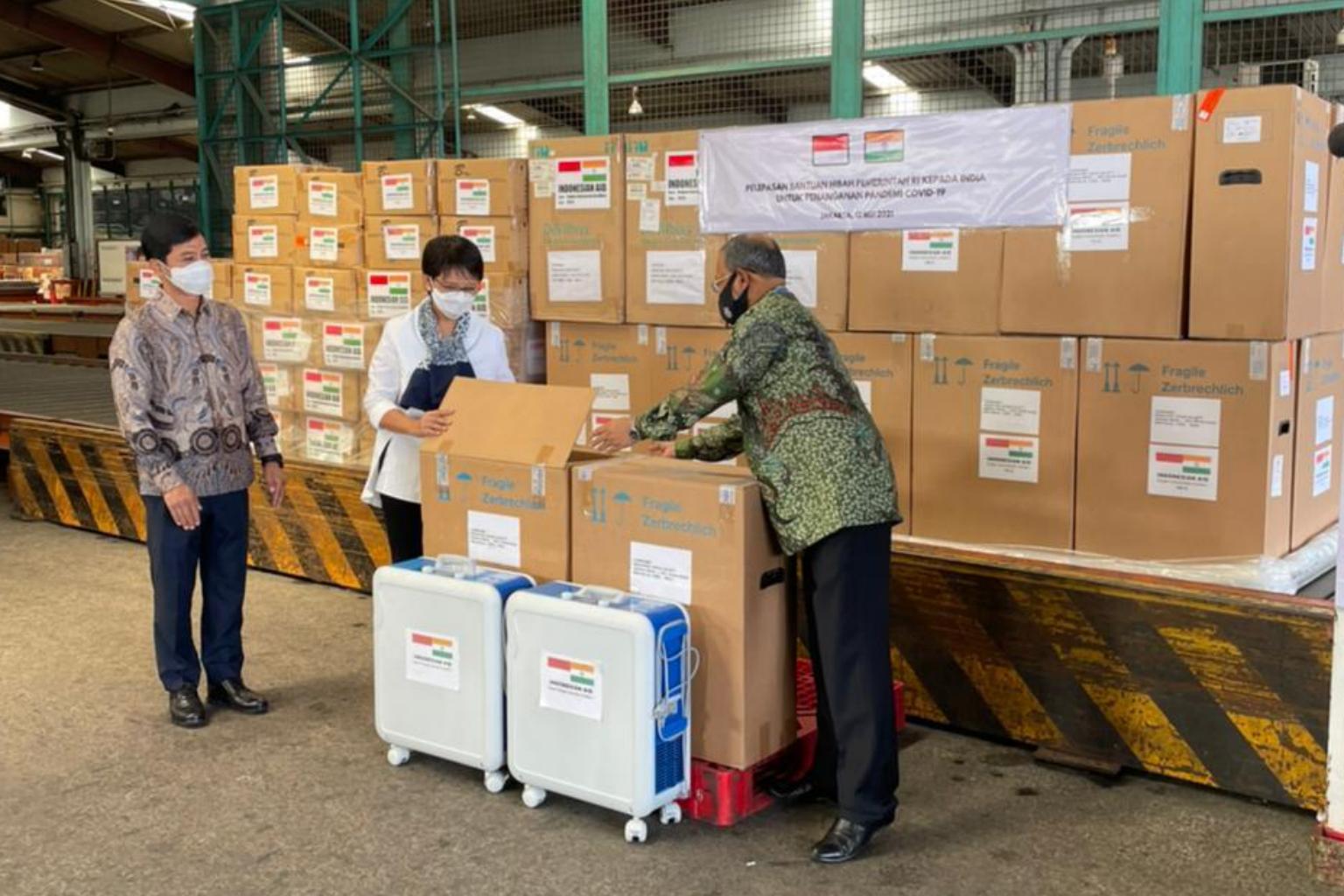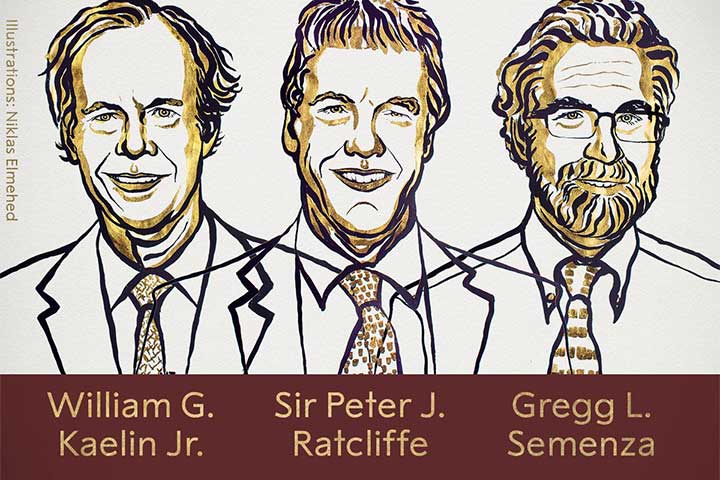Titanic sub: Rescuers intensify search as oxygen dwindles
The five people aboard the Titanic wreck explorer craft have just hours left to be rescued.
The search for the Titan submersible, which was on route to the Titanic wreck six days ago, has entered its fourth day. International search and rescue operations are in full swing, sweeping huge areas of the North Atlantic in search of the craft.
But rescue teams are working against the clock, and there are fears the five-man crew are running out of oxygen, with just a few hours left.
Officials still held hope of rescue, with US Coast Guard Captain Jamie Frederick saying in a press conference on Wednesday evening: "We'll continue to put every available asset that we have in an effort to find the Titan and the crew members."
Optimism came after repeated banging noises were detected underwater. Three separate aircraft heard the noises, which went on for at least two days. Other search craft have been diverted to the area where the underwater sounds originated.
"I can't tell you what the noises are. What I can tell you is we're searching where the noises are, and that's all we can do at this point," Frederick said.
Rescue operations relying on robots if vessel found
But even those who expressed optimism warned that many obstacles remain. The vessel's location still isn't known, but if it was pinpointed in the next hour, rescue teams would have to reach it with rescue equipment and bring it to the surface, assuming it is still intact.
If the submersible has sunk down to the bottom of the ocean, about 3,800 meters (12,500 feet) in the region, rescue operations would be especially challenging. Only specialized crafts are capable of operating at deep-sea depths due to the huge amounts of pressure.
Even deep-sea Navy rescue submarines would struggle with the depth, having a maximum range of 2,250 to 3,000 meters.
It's likely rescue teams would rely on unmanned robots to rescue the craft if found. Among those sending rescue craft to the region, the French government delivered its Victor 6000, a robot capable of diving 6000 meters to the area.
The robot is equipped with a mechanical arm that could help drag the Titan back to the surface.
The US Navy is also sending Fadoss — a heavy lifting system designed to recover heavy sunken objects. The Titan submersible weighs 10,432 kg.
Experts warn even if the submersible is located, it would be a major challenge to retrieve it given the deep sea conditions of pressure and cold. Such a rescue operation would take hours, with the Fadoss system for example taking 24 hours to weld and support a vessel before bringing it to the surface.
Oxygen is running out
Meanwhile, the oxygen supply in the submersible is about to run out, with the US Coast Guard estimating some time between 11:00 and 13:00 (CET) to be when "breathable air" will run out.
The actual oxygen supply in the vessel depends on a range of factors, such as if power systems still remain, the breathing rate of those on board, and whether they remain calm.
It's possible the crew might be trying to conserve oxygen in attempts to prolong the rescue window. The crew could be trying to sleep or meditate to slow down metabolism and decrease the need for oxygen. But this will depend on the psychological state of crew members inside.
With oxygen in the Titan running out, the rescue window is rapidly closing.
22 Jun 2023,16:18




















 Live Tv
Live Tv






